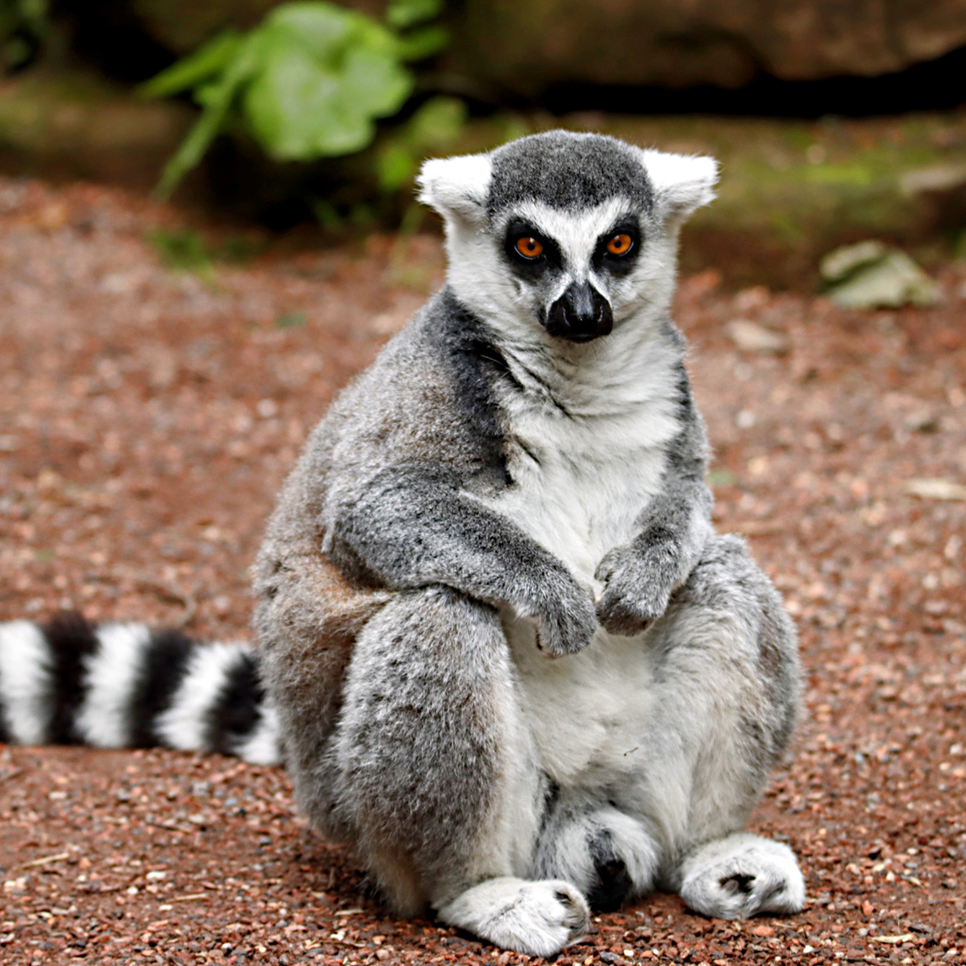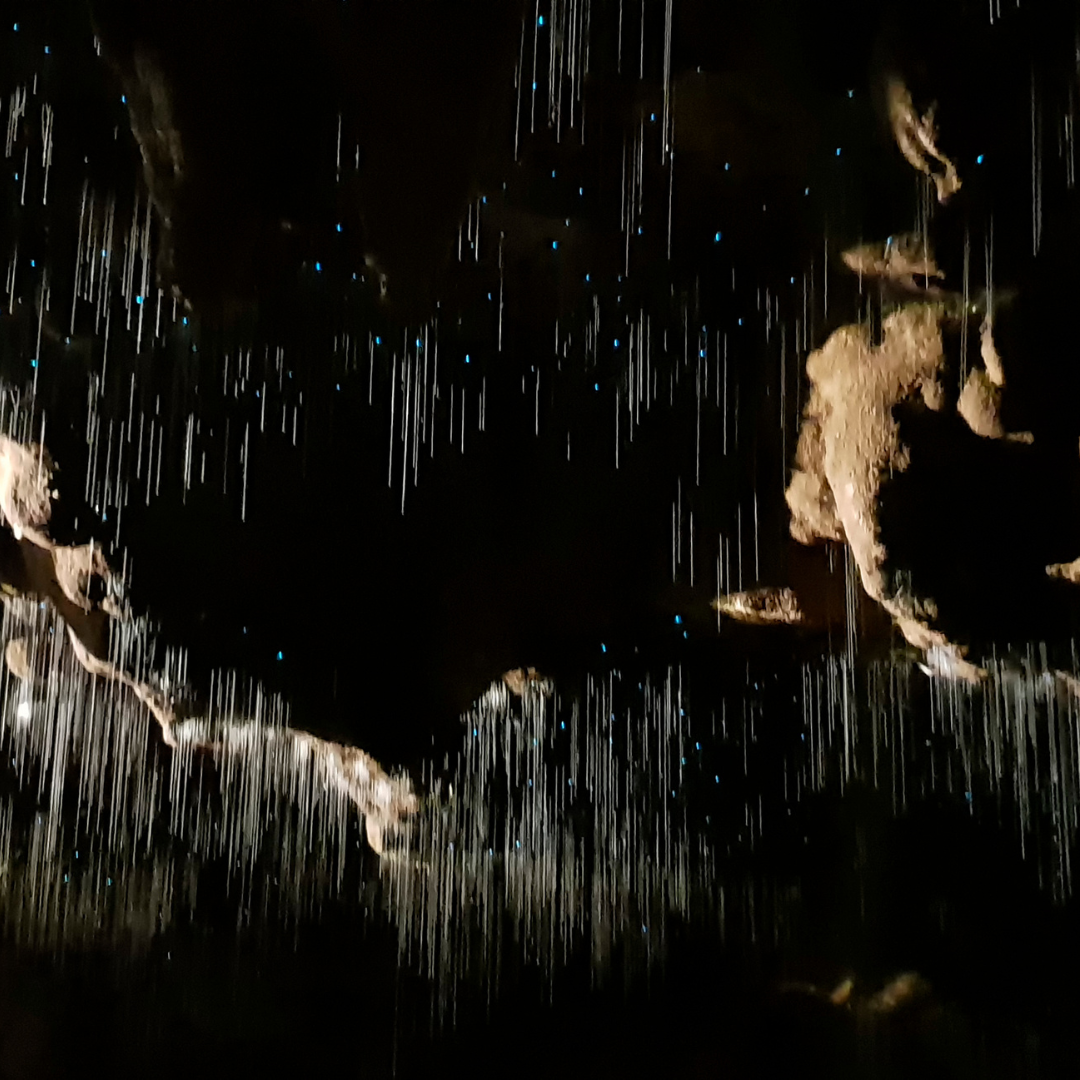Wildlife Safari in Madagascar

A wildlife safari in Madagascar offers an extraordinary adventure into one of the most biodiverse islands on the planet. Madagascar, located off the southeast coast of Africa, is renowned for its unique flora and fauna, approximately 90% of which are found nowhere else on Earth. This includes the famous lemurs, a variety of chameleons, and numerous unique plant species.

The Experience
Lemurs:
Madagascar is home to over 100 species of lemurs, ranging from the ring-tailed lemur to the tiny mouse lemurs. Watching these fascinating creatures in their natural habitat is a highlight of any visit.
Chameleons:
The island boasts half of the world's chameleon species, making it a paradise for herpetologists and wildlife enthusiasts.
Birdwatching:
With over 260 bird species, of which more than 100 are endemic, Madagascar is an exceptional destination for birdwatchers.
Unique Flora:
The island's diverse ecosystems, including rainforests, dry deciduous forests, and spiny deserts, are home to thousands of plant species, many of which are found only in Madagascar.

Diverse Cave Systems
Waitomo Glowworm Caves:
The most famous of these caves offers boat tours through the glowworm grotto, where visitors can quietly glide beneath the mesmerizing lights.
Ruakuri Cave:
Known for its spiral entrance, Ruakuri Cave offers a more extensive underground adventure, featuring stalactites, stalagmites, and limestone formations, alongside areas teeming with glowworms.
Aranui Cave:
Though less known for glowworms, Aranui Cave boasts beautiful limestone formations, making it a worthwhile visit for those interested in geology and cave art.
Planning Your Visit
When to Go:
The best time for wildlife viewing is during the dry season, from April to December. The rainy season can make some roads impassable and is generally more challenging for travel.
Tips for Travelers
Respect the Environment:
The ecosystems in Madagascar are delicate. Always follow guidelines for responsible wildlife viewing, and do not disturb the animals or their habitats.
Support Conservation:
Consider visiting parks and reserves that contribute to local conservation efforts. Your visit can help fund projects that protect Madagascar's unique biodiversity.
Health and Safety:
Ensure you're up to date with vaccinations and take precautions against malaria. Madagascar's remote locations mean medical facilities can be limited outside of major cities.
Cultural Considerations
Local Communities:
Engaging with local communities and guides not only enriches your experience but also supports the local economy. Learn about Malagasy cultures and traditions to gain a deeper appreciation of the island.
Madagascar's unique biodiversity and landscapes make it a must-visit destination for wildlife enthusiasts and eco-tourists. Planning your trip with conservation and responsible travel in mind can help ensure that the island's natural wonders are preserved for future generations.

Resources
Madagascar National Parks:
The official site for Madagascar's national parks provides information on the various parks, their unique attractions, and how to visit them. This is a great starting point for planning which regions of Madagascar you want to explore.
This resource offers an in-depth look at Madagascar's biodiversity, conservation efforts, and travel information. It's an excellent educational tool for understanding the island's ecological significance and planning your trip.
Responsible Travel & Tour Operators:
Look for tour operators specializing in eco-friendly and responsible wildlife safaris in Madagascar. Companies like Natural World Safaris and Rainbow Tours offer guided tours that are conscious of conservation and provide expert insights into Madagascar's unique ecosystems.